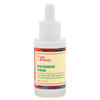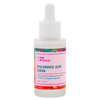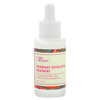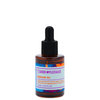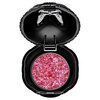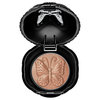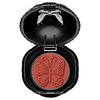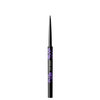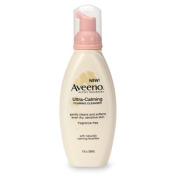
Skin mostly breaks out in blemishes from hormonal imbalances or an improper skin-care routine, but do you ever wonder what can cause those irritating, un-acne-like bumps and rashes? We asked New Orleans-based dermatologist Nia Terezakis, M.D., which other environmental factors can irritate your skin, and we were surprised by the answers. If your face and body are going berserk and you've already ruled out your skin-care routine, here are four other possible allergen offenders.
FABRIC SOFTENER
If you think your skin breaks out from a dirty pillow, you're only partly correct. The culprit actually lives within the sheets, not on top! People who use fragrant fabric-softener sheets sometimes forget to take them out of the pillowcase after doing laundry. As a result, your face rests directly on the softener all night, and you wake up with an unsightly rash. "While most most laundry detergents and fabric softener sheets are available without any added perfume, some fragrant fabric softeners can irritate the skin easily," warns Dr. Terezakis. After your laundry takes a tumble in the dryer, take extra care to discard the dryer sheets, especially if they are scented.
PARAPHENYLENEDIAMINE IN HAIR DYE
When you can't figure out what's making you break out, check the ingredients of your hair dye. Regular chemical dye contains many irritating ingredients that affect the face more than the scalp! Paraphenylenediamine (PPD), a common dyeing agent, can cause dermatitis on sensitive skin. "If a patient is sensitive, I'll have them switch to a henna-based dye instead," says Dr. Terezakis.
COCAMIDE IN SHAMPOO
Cocamide is a popular chemical agent that adds viscosity to shampoo and can cause rashes around the scalp, neck, and even the hands. Hairdressers with chronic dermatitis can develop hand eczema from constant contact with this particular allergen and potential carcinogen, which is why some use gloves to wash clients’ hair. Cocamide has myriad chemical derivatives, so try to avoid these ingredients in your next shampoo if you're allergy-prone: Cocamide DEA, Cocamide MEA, DEA-Cetyl Phosphate, DEA Oleth-3 Phosphate, Lauramide DEA, Linoleamide MEA, Myristamide DEA, Oleamide DEA, Stearamide MEA, TEA-Lauryl Sulfate, and Triethanolamine. Since cocamide is present in many shampoo formulations, look for all-natural formulas at your local health-food store or use vinyl or latex gloves to your wash hair if you suffer from chronic eczema.
FRESHLY APPLIED ACRYLICS
Those with artificial nails are often exposed to toxic fumes and allergens, which can aggravate immediately after an appointment. If you touch your cheeks, your neck, and even your eyelids, these allergens can irritate in a very short amount of time. "When patients come in with unknown allergic reactions, the first thing I tell them is to look at their fingernails," explains Dr. Terezakis. "People with sensitive skin are often very reactive to the fumes." Don't worry—the contact allergy only occurs immediately after a nail treatment. Once the fumes are gone, you're good to go!
If you do end up with a small rash from an environmental irritant, first place a cool compress on the area to minimize inflammation. Soothe the rash using simple formulas with cooling properties (Dr. Terezakis recommends the Aveeno Ultra-Calming Collection). If your rash is more aggressive, you can apply a topical hydrocortisone to reduce redness.

Nia Terezakis, M.D., has more than 30 years of dermatological experience in the New Orleans area. She holds clinical faculty appointments at Tulane and Louisiana State universities, and has been a guest professor at Yale, Stanford, Columbia, University of California School of Medicine, and the Mayo Clinic, among others. Her work has appeared in numerous publications including The New York Times, Vogue, Elle, Self, and Cosmopolitan. She has appeared on The Today Show and Good Morning America.
Featured Products
You Might Also Like
-

Expert Skin Care Advice
What's That Spot?
- 32
-

Skincare
What's Your Skin Doing While You Sleep?
- 282
-

Expert Skin Care Advice
Banish Your Bacne
- 221
-

Expert Skin Care Advice
All About Ears
- 77
-

Expert Skin Care Advice
Are Lasers Your Last Resort?
- 42
-

Expert Skin Care Advice
De-Stress Your Skin During Exams
- 419
-

Expert Skin Care Advice
Dermatologist Shares Her DIY Skin Care Recipes
- 1871
-
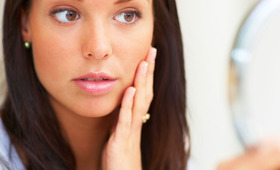
Expert Skin Care Advice
4 Ingredients That Can Make You Break Out!
- 159



